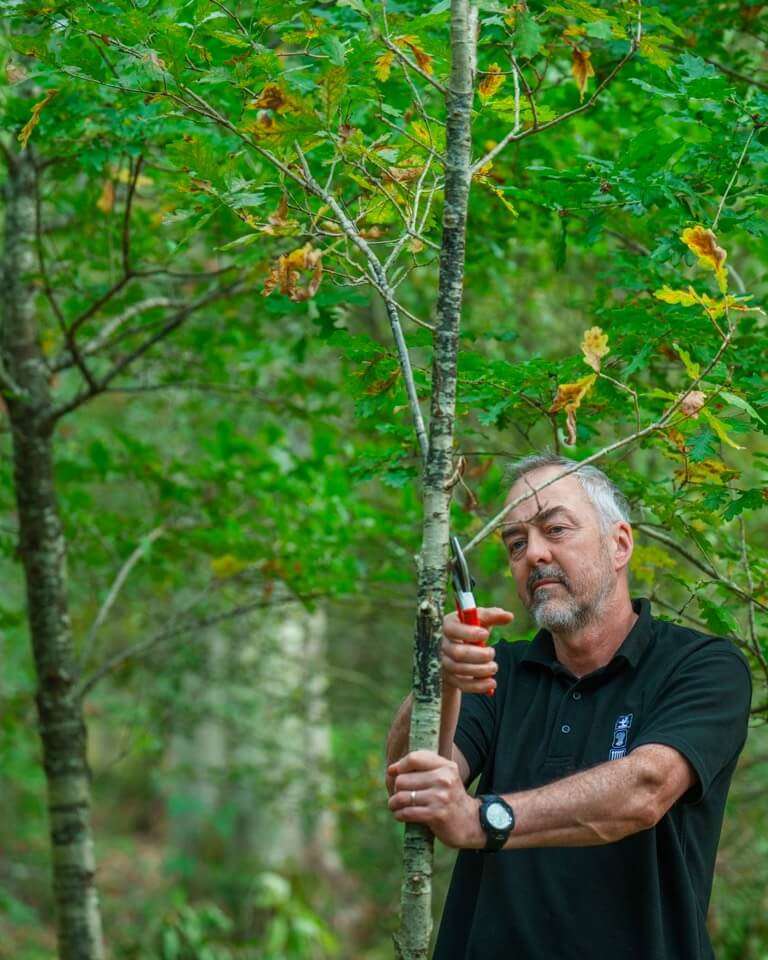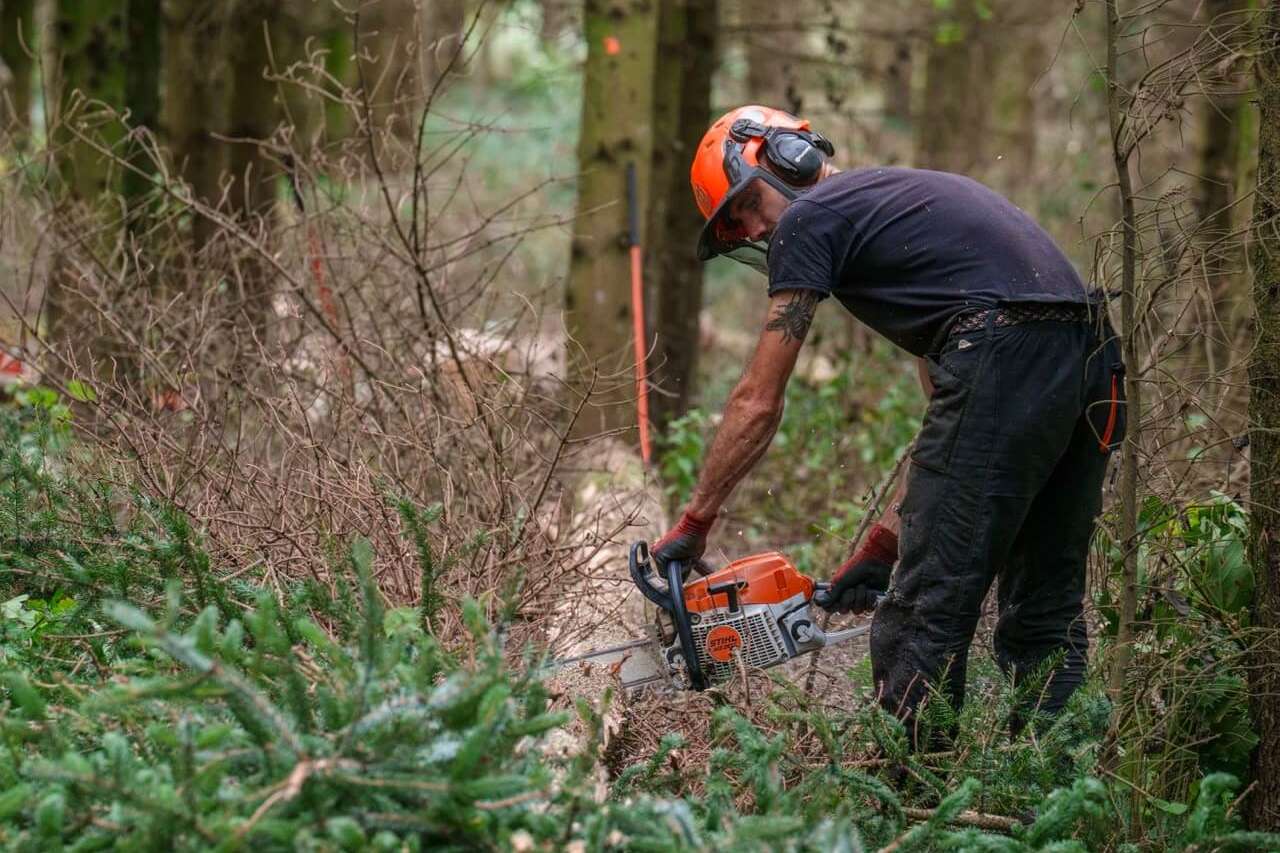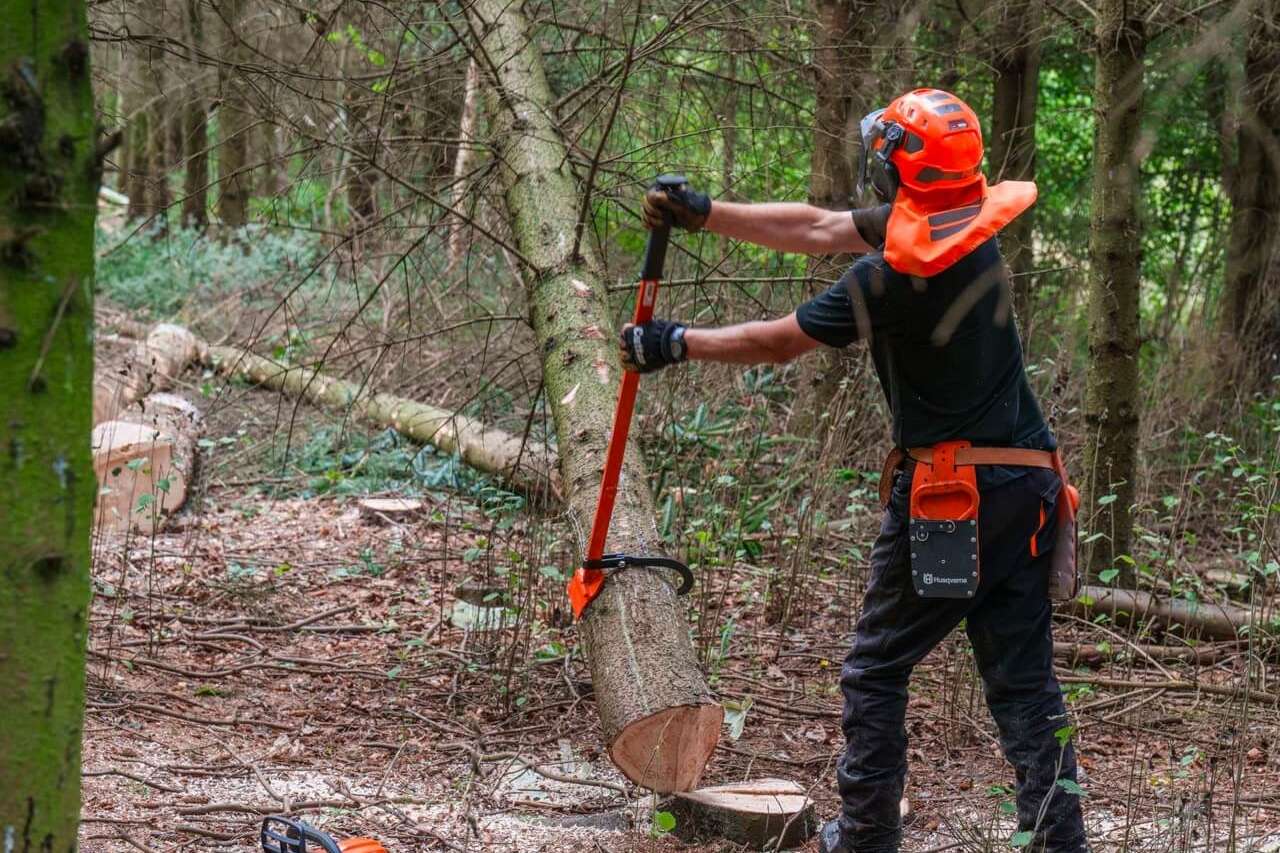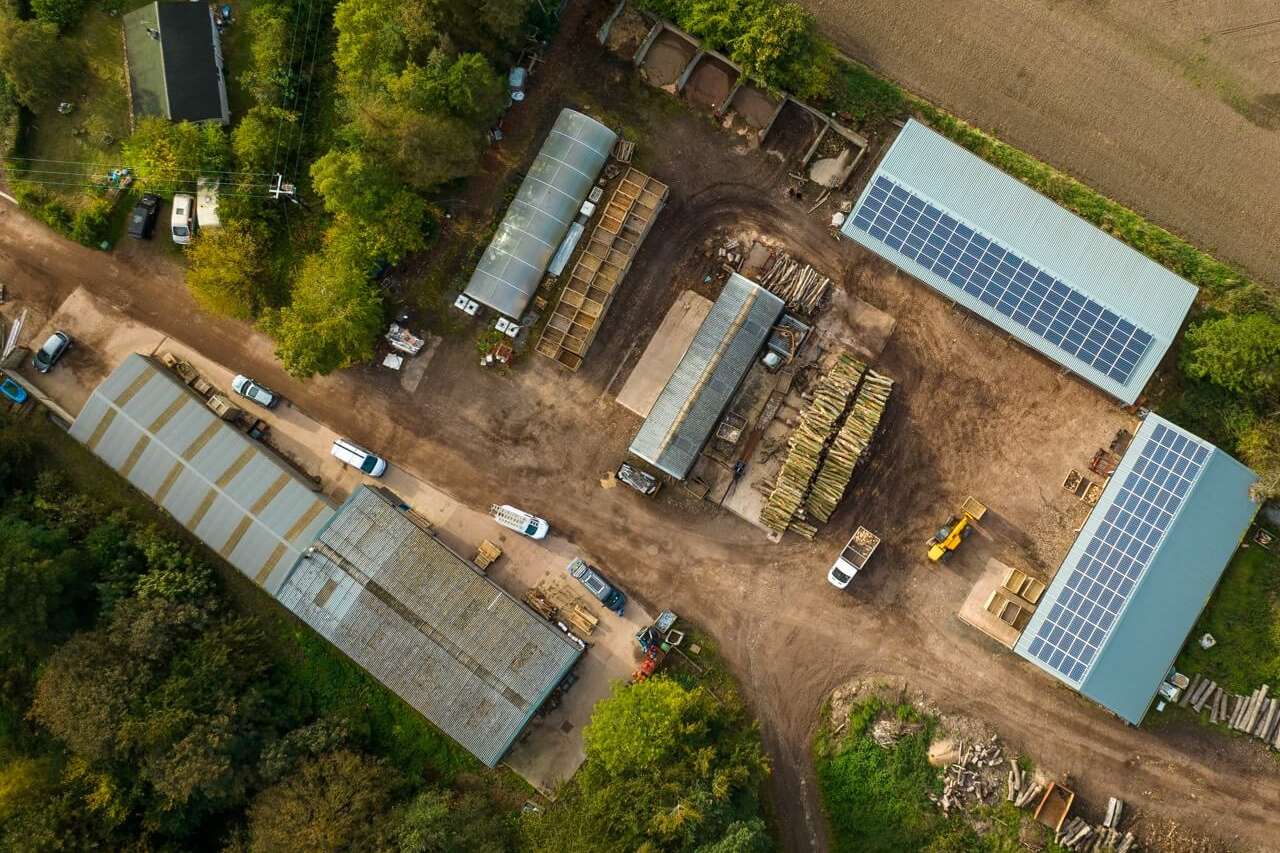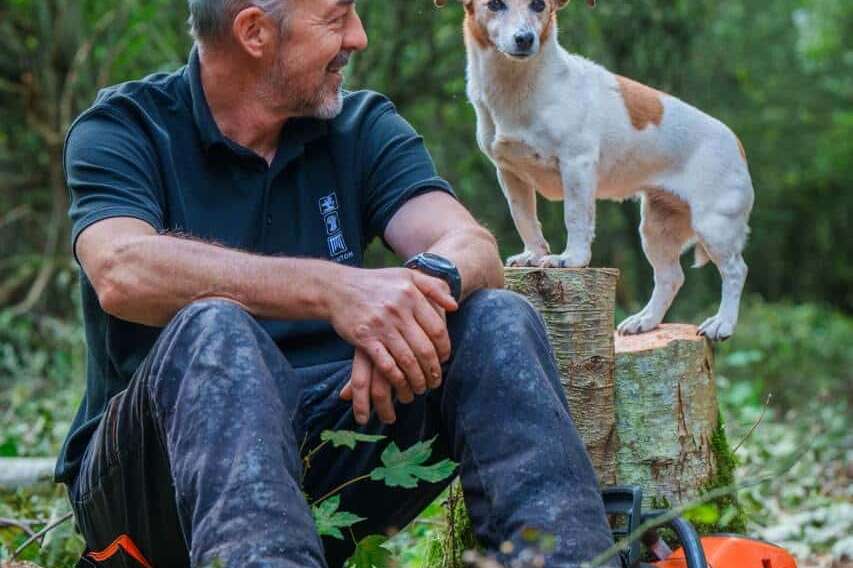Forestry is a Long-Term Game
"Someone is sitting in the shade today because someone planted a tree a long time ago."
Warren Buffet
Woodlands now accounts for over 40% of Winton Estate – that’s nearly one million trees, split evenly between conifers and broadleaves. In the last 20 years, we’ve planted the equivalent of 60 professional football pitches – and we’re not finished!
The woodlands are thinned hard to let light onto the forest floor which encourages natural regeneration and diversity of age and species – a practice called Continuous Cover Forestry (CCF). We hope this will mitigate against the spread of diseases though we have not been able to combat the disease affecting ash trees. It’s a long-term game!
